What's the best method to water my Lime prickly ash?
You might want to put a garden hose at the plant base to ensure that you're promoting excellent root development. Avoid directly spraying the leaves, and know that the leaves will require more watering if they are outdoors and facing direct sunlight. You can also use bubblers that you can put on to each plant to moisten the roots. Also, use soaker hoses that can cover the entire garden or bed when adding or removing plants to push the roots deeply. Drain any excess water and wait for the soil to dry before watering. Water at ground level to prevent diseases. On a sunny day, you might want to spray the entire bush with water. Whether potted or in-ground, please remember Lime prickly ash prefers deep watering over light sprinkling.
![more]()
What should I do if I water Lime prickly ash too much/too little?
An overwatered Lime prickly ash can start to have leaves that turn yellow, drop off and wilt. The plant can also look dull and unhealthy, with signs of mushy stems. When they are beginning to show these signs, it's best to adjust your schedule whenever possible. The wilting can also be a sign of under watering as well. You might see that the leaves begin to turn crispy and dry while the overwatered ones will have soft wilted leaves. Check the soil when it is dry and watering is not enough, give it a full watering in time. Enough water will make the Lime prickly ash recover again, but the plant will still appear dry and yellow leaves after a few days due to the damaged root system. Once it return to normal, the leave yellowing will stop . Always check the moisture levels at the pot when you have the Lime prickly ash indoors. Avoid overwatering indoors and see if there are signs of black spots. If these are present, let the soil dry in the pot by giving it a few days of rest from watering. Overwatering can lead to root rot being present in your plant. If this is the case, you might want to transfer them into a different pot, especially if you see discolored and slimy roots. Always prevent root rot as much as possible, and don't let the soil become too soggy. You should dig a little deeper when you plant your Lime prickly ash outdoors. When you check with your fingers and notice that the soil is too dry, it could mean underwatering. Adequate watering is required to help the plant recover.
![more]()
How often should I water my Lime prickly ash?
The Lime prickly ash likes deep and infrequent watering. You would want to soak them in a gallon of water each time, especially when they are planted in pots. The water storage of flower pots is limited and the soil will dry out faster. Watering is required every 3 to 5 days when living in a cold region. Water it early in the morning when the soil is dry, outdoors or indoors. You can also determine if watering is needed by checking the soil inside. When the top 2-3 inches of soil is dry, it is time to give the plant a full watering. During hot days, you may need to check the moisture daily, as the heat can quickly dry out the soil in the pot. Irrigation of the soil is also required if you have a garden. When you live in a hot climate, you might want to water once a week. Only water when you notice that about 2 to 3 inches of soil become too dry outdoors or indoors. Consider the amount of rainwater on the plant and ensure not to add to it to prevent root rot.You may not need additional watering of the plants if there is a lot of rainfall.Lime prickly ash generally grows during spring and fall. When they are outdoors, you need to add mulch about 3 to 4 inches deep to conserve more water. You need to water the plants more frequently in sandy soil because this type tends to drain faster. However, with the clay one, you need to water this less frequently where you could go for 2-3 days to dry the plant and not develop any root rot. You could mark the date on the calendar whenever you water and when you notice that the leaves are starting to droop. This can mean that you might be a day late.
![more]()
How much water do I need to give my Lime prickly ash?
The Lime prickly ash generally needs about a gallon of water each schedule,With the potted plants, you might want to water them deeply until you see that the water is dripping at the bottom of the pot. Then, wait for the soil to dry before watering them again. You can use a water calculator or a moisture meter to determine the amount you've given to your plant in a week. Provide plenty of water, especially in the flowering period, but let the moisture evaporate afterwards to prevent root rot. If Lime prickly ash is planted outdoor with adequate rainfall, it may not need additional watering. When Lime prickly ash is young or newly planted, make sure it gets 1-2 inches of rain per week. As Lime prickly ash continues to grow, it can survive entirely on rainfall. Only when the weather is too hot, or when there is no rainfall at all for 2-3 weeks, then consider giving Lime prickly ash a full watering during the cooler moment of the day to prevent the plant from suffering from high heat damage. Additional watering will be required during persistent dry spells.
![more]()
Should I adjust the watering frequency for my Lime prickly ash according to different seasons or climates?
The Lime prickly ash needs outdoors come from rain, with only persistent dry weather requiring watering. Throughout the spring and fall growing seasons, the soil needs to be kept moist but not soggy, and alternating dry and moist soil conditions will allow the Lime prickly ash to grow well. Throughout the summer, hot weather can cause water to evaporate too quickly, and if there is a lack of rainfall, you will need to water more frequently and extra to keep it moist. Usually, the Lime prickly ash will need less water during the winter. Since the Lime prickly ash will drop their leaves and go dormant, you can put them into a well-draining but moisture-retentive soil mixture like the terracotta to help the water evaporate quicker. Once your Lime prickly ash growing outdoors begins to leaf out and go dormant, you can skip watering altogether and in most cases Lime prickly ash can rely on the fall and winter rains to survive the entire dormant period. After the spring, you can cultivate your Lime prickly ash and encourage it to grow and bloom when the temperature becomes warmer.This plant is not generally a fan of ponding or drought when flowering. You must ensure that the drainage is good at all times, especially during the winter. When the plant is in a pot, the plant has limited root growth. Keep them well-watered, especially if they are planted in pots during summer. They don't like cold and wet roots, so provide adequate drainage, especially if they are still growing. It's always best to water your Lime prickly ash’s diligently. Get the entire root system into a deep soak at least once or twice a week, depending on the weather. It's best to avoid shallow sprinkles that reach the leaves since they generally encourage the growth of fungi and don't reach deep into the roots. Don't allow the Lime prickly ash’s to dry out completely in the fall or winter, even if they are already dormancy. Don't drown the plants because they generally don't like sitting in water for too long. They can die during winter if the soil does not drain well. Also, apply mulch whenever possible to reduce stress, conserve water, and encourage healthy blooms.
![more]()
What should I be careful with when I water my Lime prickly ash in different seasons, climates, or during different growing periods?
If planting in the ground, Lime prickly ash mostly relies on rain. However, if there is no rainfall for 2-3 weeks, you may need to give proper consideration to giving the plants a deep watering. If watering Lime prickly ash in summer, you should try to do it in the morning. A large temperature difference between the water temperature and the root system can stress the roots. You need to avoid watering the bushes when it's too hot outside. Start mulching them during the spring when the ground is not too cold. The age of the plants matter. Lack of water is one of the most common reasons the newly planted ones fail to grow. After they are established, you need to ease off the watering schedule. Reduce watering them during the fall and winter, especially if they have a water-retaining material in the soil. The dry winds in winter can dry them out, and the newly planted ones can be at risk of drought during windy winter, summer, and fall. Windy seasons mean that there's more watering required. The ones planted in the pot tend to dry out faster, so they need more watering. Once you see that they bloom less, the leaves begin to dry up. Potted plants are relatively complex to water and fluctuate in frequency. Always be careful that the pot-planted plant don't sit in the water. Avoid putting them in containers with saucers, bowls, and trays. Too much watering in the fall can make the foliage look mottled or yellowish. It's always a good idea to prevent overwatering them regardless of the current climate or season that you might have. During the months when Lime prickly ash begins to flower, you might want to increase the watering frequency but give it a rest once they are fully grown. Give them an adequate amount of water once every 3 to 5 days but don't give them regular schedules. Make sure the soil is dry by sticking your finger in the pot, or use a moisture meter if you're unsure if it's the right time. Too much root rot can cause them to die, so be careful not to overwater or underwater regardless of the climate or season you have in your area.
![more]()
Why is watering my Lime prickly ash important?
Watering the Lime prickly ash helps transport the needed nutrients from the soil to the rest of the plant. The moisture will keep this species healthy if you know how much water to give. The watering requirements will depend on the weather in your area and the plant's soil. The Lime prickly ash thrives on moist soil, but they can't generally tolerate waterlogging. Ensure to provide enough mulch when planted on the ground and never fall into the trap of watering too little. They enjoy a full can of watering where the water should be moist at the base when they are planted in a pot to get the best blooms. If they are grown as foliage, you need to water them up to a depth of 10 to 20 inches so they will continue to grow. If it's raining, refrain from watering and let them get the nutrients they need from the rainwater.
![more]()
Is pruning necessary for my Lime prickly ash?
Lime prickly ash does not need a lot of maintenance including pruning, which is part of what makes it such a popular choice. Most often, Lime prickly ash is pruned to remove damaged or dead branches. You may also choose to remove some branches to improve the appearance of the Lime prickly ash or to improve clearance under it. If there are branches that are very crowded together, air flow may be restricted. Any branches that are rubbing together could wear away the bark and allow disease or insects to penetrate the Lime prickly ash, so those branches are also good candidates for pruning.
![more]()
When is the best time to prune my Lime prickly ash?
Removing large branches (structural pruning) from the Lime prickly ash is best done during the dormant period in the winter, while late winter or early spring is the best time for minor maintenance pruning. The ideal timing is when the Lime prickly ash has developed buds but the buds have not opened yet. This timing makes it easy for you to find which branches are not productive and should be removed, since those branches won’t have any buds. Pruning at the beginning of the growing season allows the Lime prickly ash to have the whole summer to devote to putting new growth into the remaining branches, flowers, and leaves. You can also prune it into a shape you like, but don't prune over 1/4 of the healthy branches and leaves of the Lime prickly ash. Over pruning will hinder the normal and healthy growth of this plant. Please make sure that the cuts are clean and tidy. When Lime prickly ash grows, if there is aging yellowing leaves and diseased leaves, you need to prune the bottom of the yellowing aging leaves and leaves with spots caused by the infection of disease. Pruning can effectively reduce the infection of disease. Even if the number of leaves with infections is relatively large, you should not prune more than 30% of the total number of leaves to avoid affecting the growth of Lime prickly ash.
![more]()
How can I prune my Lime prickly ash?
The first step is deciding where to cut. It is a good idea to identify which branches you want to prune before taking other steps so you know which tools you need and have a plan from the beginning. You may want to mark branches with string or tape so you don’t forget where you had planned to prune each branch. After you have decided where to cut, prepare the tools. Many Lime prickly ash branches are thin and delicate, so you may be able to use regular pruning shears. If there are larger branches, you should use loppers or a pruning saw. A pole saw may be necessary if the branches are higher up. Your cutting implement should be sterilized with disinfectant or a diluted bleach solution before use and between cuts to avoid introducing pathogens to the wound when pruning. Also be sure to wear protective gear to avoid injuring yourself during this process. Removing large branches (structural pruning) from your Lime prickly ash is best done during the dormant period in the winter, while late winter or early spring is the best time for minor maintenance pruning. The ideal timing is when the Lime prickly ash has developed buds but the buds have not opened yet. This timing makes it easy for you to find which branches are not productive and should be removed, since those branches won’t have any buds. Pruning at the beginning of the growing season allows the plant to have the whole summer to devote to putting new growth into the remaining branches, flowers, and leaves. You can also prune it into a shape you like, but don't prune over 1/4 of the healthy branches and leaves of the Lime prickly ash. Over pruning will hinder the normal and healthy growth of this plant. Please make sure that the cuts are clean and tidy. When Lime prickly ash grows, if there is aging yellowing leaves and diseased leaves, you need to prune the bottom of the yellowing aging leaves and leaves with spots caused by the infection of disease. Pruning can effectively reduce the infection of disease. Even if the number of leaves with infections is relatively large, you should not prune more than 30% of the total number of leaves to avoid affecting the growth of Lime prickly ash.
![more]()
What should I keep in mind when pruning my Lime prickly ash?
Remove no more than 30% of the volume of the Lime prickly ash when pruning. Pruning too much at once can leave the Lime prickly ash vulnerable to shock. This plant does not tolerate being cut back severely and may not recover. Don’t prune young Lime prickly ash unless it is to remove a dead or damaged branch. In between cuts, step back and check the appearance of the Lime prickly ash and be sure that you are satisfied with the progress. If you trim too much at once, there’s no way to restore the cut branches, so be conservative with your approach. One of the charms of Lime prickly ash is its graceful, natural appearance, so you may want to embrace some of the “imperfections” inherent to how it grows.
![more]()
How much/long should Lime prickly ash get sunlight per day for healthy growth?
For healthy growth, make sure that Lime prickly ash receives at least 3–6 hours of sun each day. This is actually a minimum requirement—most plants that can handle part sun can also thrive in full sun, but because they require less light for photosynthesis, they are more flexible than plants that require full sun or part shade.
![more]()
What type of sunlight does Lime prickly ash need?
Lime prickly ash does best with exposure to full or part sun. They will perform best with direct morning light, but in summer they need protection from the strong afternoon sun. In temperate environments, too much hot afternoon sun can burn the leaves, damaging the plant's appearance and health.
![more]()
Can sunlight damage Lime prickly ash? How to protect Lime prickly ash from the sun and heat damage?
Lime prickly ash planted indoors can easily be damaged by direct sunlight when it's moved outdoors. The best way to prevent sunburns from overexposure is to move pots gradually from a shaded area to a brighter spot, gradually. But even plants that are acclimated to the summer sun can be damaged by extreme heat. In a heatwave, it is important to keep the soil consistently moist so that plants can cope with excessive levels of heat. Moving plants in containers to areas with afternoon shade or erecting a shade cloth over them can protect sensitive Lime prickly ash during extreme weather events.
![more]()
Does Lime prickly ash need to avoid sun exposure? / Should I protect Lime prickly ash from the sun?
While bright morning sun and some full sun exposure can be highly beneficial for Lime prickly ash, the harsh, hot midday sun of summer can be too much to handle. If planted in the ground, the summer sun will usually ramp up slowly enough through the season for Lime prickly ash to gradually adapt to its intensity. But a potted plant that has been indoors or in a protected location will often suffer injury when placed suddenly into a location where the direct summer sun reaches it in the hottest part of the day. To protect this plant from the brutal afternoon summer sun, plant or place it in an understory location where it is shaded at midday by taller trees and plants or by a building or landscape feature.
![more]()
What will happen if Lime prickly ash gets inadequate sunlight?
When Lime prickly ash receives too little sun, they may become pale green or display drooping, yellow leaves. While some leaf drop is normal, if leaves are dropping but no new ones are growing in to replace them, it is a sign that something is wrong. If Lime prickly ash receiving inadequate light does manage to grow, the new growth is often spindly, pale, and prone to insect infestation. Paying attention to these signs and changing the lighting conditions of the plant will make a significant difference.
![more]()
Does Lime prickly ash need special care about sunlight during its different growth stages?
Tender, new leaves are especially sensitive to sunburn. Bearing this in mind, very young Lime prickly ash and when it's in a strong growth phase, such as in late spring and early summer, will be more sensitive to harsh sun and heat than the mature one or those in a more dormant fall growth stage. Lime prickly ash fresh from a nursery is also usually not prepared for strong full sunlight and must be introduced to it slowly.
![more]()
Are there any cautions or tips for sunlight and Lime prickly ash?
Recently transplanted Lime prickly ash will often experience a bit of shock and will need to be cared for carefully, either shaded from bright afternoon sun or placed in a protected area. On very hot days, you may see the leaves of Lime prickly ash drooping—this is usually nothing to worry about. Plants will send the water in their leaves down into their roots to protect them from burning. However, if the leaves are still drooping in the evening or the next morning, the plant needs water. Always avoid watering during the hottest times of day, as sunlight can hit wet leaves and scorch them easily. Lime prickly ash that has been underwatered will be weaker than that with consistently moist soil. This can leave it with weak roots that are unable to protect the leaves on hot, sunny summer days by diverting water away from the leaves. Care for an underwatered plant by giving it a long, deep watering and then allowing the top two inches of soil to dry out before the next watering. Even if it loses its leaves, if cared for properly it will grow new ones.
![more]()
What is the optimal temperature for Lime prickly ash?
The best temperature for Lime prickly ash to thrive is 65~80℉(18~27℃). During the primary growing phase, the highest temperature tolerable would be 95℉(35℃), while the lowest tolerable temperature would be 15℉(-10℃). This species is tolerant of low temperatures and will survive freezing winters. The perfect, highest, and lowest temperature range: Perfect:65~80℉(18~27℃) Highest:85~95℉(30~35℃) Lowest:-5~15℉(-20~-10℃) or below
![more]()
Should I adjust the temperature for Lime prickly ash during different growing phases?
Research shows that Lime prickly ash will begin to exhibit signs of stunted growth during prolonged periods of higher temperatures, especially during the development of axillary buds and the growth of main shoots. Keeping the temperatures consistent and cooler, around 65℉(18℃), will encourage vigorous growth after germination or transplanting.
![more]()
How can I keep Lime prickly ash warm in cold seasons?
Lime prickly ash can withstand freezing temperatures when planted in the ground in areas that don’t get below of 15℉(-10℃) as an extreme temperature during the winter months. But if planted in pots or containers, then their roots must be protected from the winter cold. Do this by wrapping the container in a blanket or bringing it inside where it will be fully protected from the elements.
![more]()
What damage will Lime prickly ash suffer if the temperature is too high/low?
Greater harm will come to Lime prickly ash if the temperature is consistently too high versus too low. If Lime prickly ash gets too hot, seed germination and photosynthesis efficiency is lessened due to hormone triggers caused by heat stress. The plant will show signs through wilting, leaf browning, and potentially death. If Lime prickly ash gets too cold, plant functions such as nutrient uptake and photosynthesis will cease, resulting in the possible death of the plant. If a single freezing event occurs during the growing season, then a membrane phase transition might occur, which can cause a cease in plant functions and death of the plant.
![more]()
What tips and cautions should I keep in mind when it comes to temperature for Lime prickly ash?
Keeping the soil temperature consistent is one of the most important strategies to keeping Lime prickly ash healthy, which leads to successful budding, flowering, and new growth. Do this by consistently watering, adding mulch to bare soil, and planting in the shade.
![more]()
How can I keep Lime prickly ash warm without a heat pad?
Due to the cold tolerance of Lime prickly ash, heating pads will not be necessary if planted outside in the ground. If the plant is in an outdoor pot, then bring it inside a heated house and place it in a sunny window during the winter months.
![more]()
How can I provide Lime prickly ash with an adequate temperature condition?
To ensure adequate temperature conditions are present, plant Lime prickly ash in an area with partial shade. If possible, use afternoon shade to provide the best protection during the hottest part of the day. This will also result in lower temperatures in the soil due to increased moisture retention. If Lime prickly ash is planted indoors, then keep the container away from windows and out of direct sunlight during the summer months to prevent the soil temperature from spiking daily.
![more]()
How can I save Lime prickly ash from temperature damage?
During the summer or times of high heat, give Lime prickly ash extra shade and water to help cool its leaves, roots, and soil. During cold snaps or growing season freezes, cover sensitive budding vegetation with frost cloth or water using sprinkler systems. If it’s only nearing freezing temperatures for a short period, then water during the day several hours before the freeze. If the temperature is predicted to remain below freezing for an extended period, then keep the sprinkler running until the temperature rises above freezing the following day.
![more]()
Should I adjust the temperature for Lime prickly ash in different seasons?
Lime prickly ash is a mid-temperature plant that can easily tolerate the typical fluctuations of the seasons and remain a hardy species when planted in maintained landscapes areas, containers, or indoors. Therefore, adjusting the temperature during the different seasons is unnecessary for primary growth. If flowering is stunted or impeded, then allowing the plant to experience a season of winter freeze could help to revive flowering.
![more]()
Under what conditions should I stop adjusting the temperature for Lime prickly ash?
If it becomes too difficult to lower the temperature for an indoor plant during the summer, then plant it outside in the ground or in a container. Make sure to plant Lime prickly ash in a shaded location and water often to keep the soil moist.
![more]()
Why do I need to fertilize my Lime prickly ash?
Regardless of which kind of Lime prickly ash you own, regular fertilization will help you grow a plant that has great overall health. The proper supply of nutrients leads to more vigorous growth and can help your Lime prickly ash be more resilient to tough growing conditions while also gaining a better ability to fight off diseases and pests. The foliage of your Lime prickly ash is one of its most attractive features, which is why you should do all you can to keep it intact. Again, this means creating and adhering to a regular fertilization schedule that is specific to your Lime prickly ash. Doing so will prompt your Lime prickly ash to develop leaves with a deep color and a lush overall look.
![more]()
When is the best time to fertilize my Lime prickly ash?
The first time that you should fertilize your Lime prickly ash is during the late winter or early spring. This type of fertilization gives your Lime prickly ash all the nutrients it needs to resume healthy growth once the weather gets warm enough. It is also beneficial to many Lime prickly ash to provide an additional fertilizer feeding during early fall if you in a warm climate region. Fertilizing in early fall not only adds additional nutrients to the soil, which your Lime prickly ash will use in the following growing season, but it also helps your Lime prickly ash be a bit more hardy and capable of surviving the winter cold without experiencing foliage damage. Earlier fertilisation will ensure that the new branches have enough time to grow to withstand the cold winter.
![more]()
When should I avoid fertilizing my Lime prickly ash?
There are a few times during the year when you should not fertilize your Lime prickly ash. The first time occurs during the early and mid-winter months, during which time your Lime prickly ash will be dormant and in no need of feeding. It is also unwise to fertilize this plant during the late spring and all of the summer. During that time of year, the weather will likely be hotter and can be much dryer as well. Both conditions make it more likely that your Lime prickly ash will have a very negative response to fertilization. To avoid such issues, stick to a fertilization schedule that involves feeding exclusively during early spring and early fall.
![more]()
What type of fertilizer does my Lime prickly ash need?
In most cases, the most important nutrient for a Lime prickly ash is nitrogen, but that does not mean that phosphorus and potassium are unimportant. On the contrary, your Lime prickly ash likely needs a decent amount of all three main nutrients, which is why a balanced fertilizer, such as a 10-10-10, can work well. However, a more nuanced ratio of nutrients often leads to optimal growth for a Lime prickly ash. Often, fertilizers that are a bit higher in nitrogen work a bit better. For example, a ratio of 10-6-4 can often work well. When fertilizing, you can use a granular fertilizer or a liquid-based one.
![more]()
How do I fertilize my Lime prickly ash?
To fertilize your Lime prickly ash using a granular fertilizer, all you need to do is sprinkle the fertilizer on the soil at the correct time. The slow-release nature of granular fertilizer will release nutrients into the soil slowly over time. As is usually the case, it's best to water your Lime prickly ash, at least lightly, before applying fertilizer. As an alternative, you can use a liquid fertilizer, but this is less common. To use this approach, mix your fertilizer with water, then pour the water onto the soil around the base of your Lime prickly ash. At times, it is beneficial to perform a soil test before fertilizing to see if you will need to alter the pH at all.
![more]()
What happens if I fertilize my Lime prickly ash too much?
Overfertilization is always a risk when you are feeding a Lime prickly ash. Overfertilization is especially likely if you feed this plant at the wrong time of year, feed it too often, or feed it without watering the soil first. When overfertilization takes place, your Lime prickly ash may begin to develop brown leaves. Your Lime prickly ash can also show stunted growth in some cases. On the other hand, it is also possible that too much fertilizer can prompt your Lime prickly ash to rapidly produce too much new growth, much of which will be weak and prone to breaking. Weak new wood can also detract from the overall form and structure of your Lime prickly ash.
![more]()







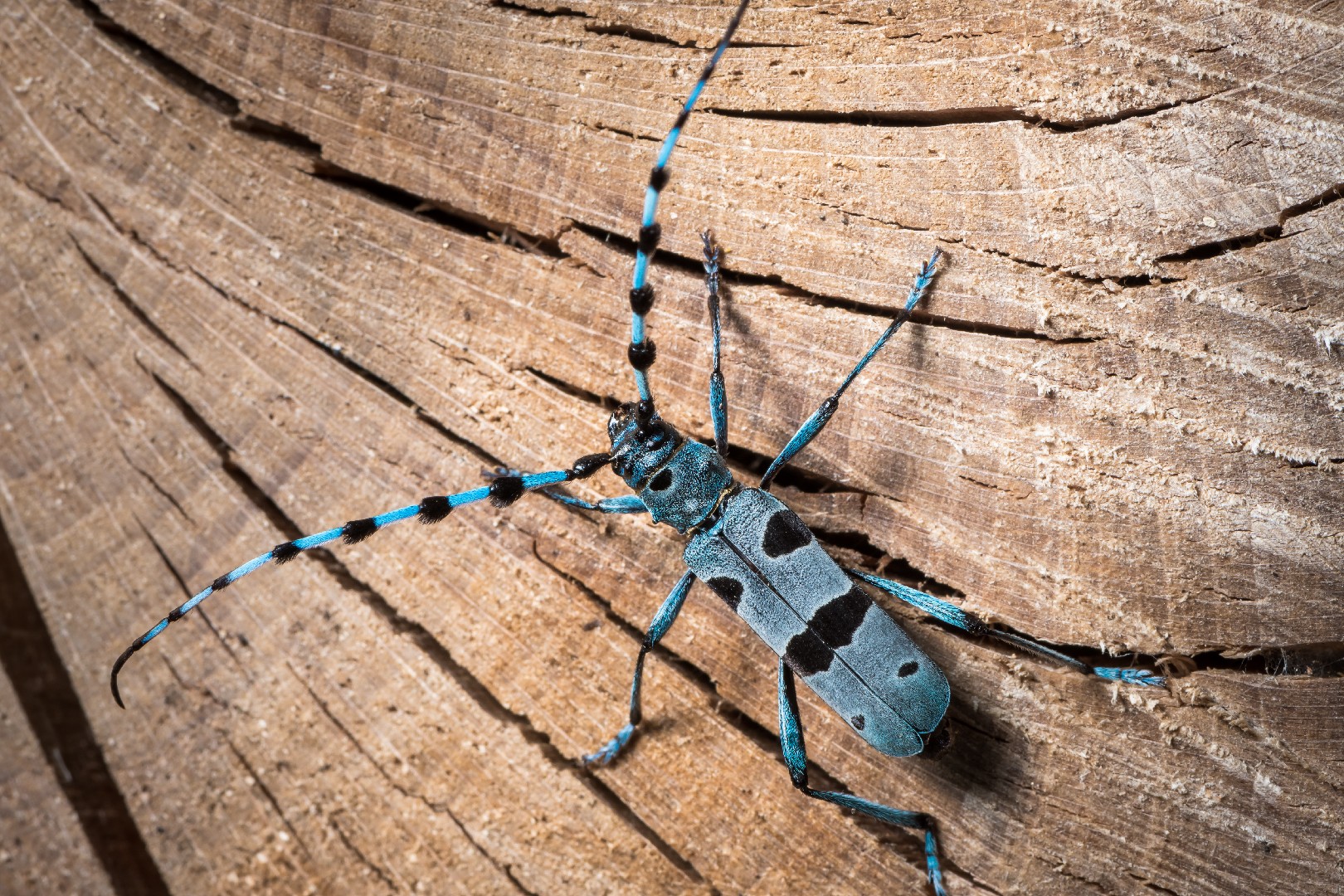
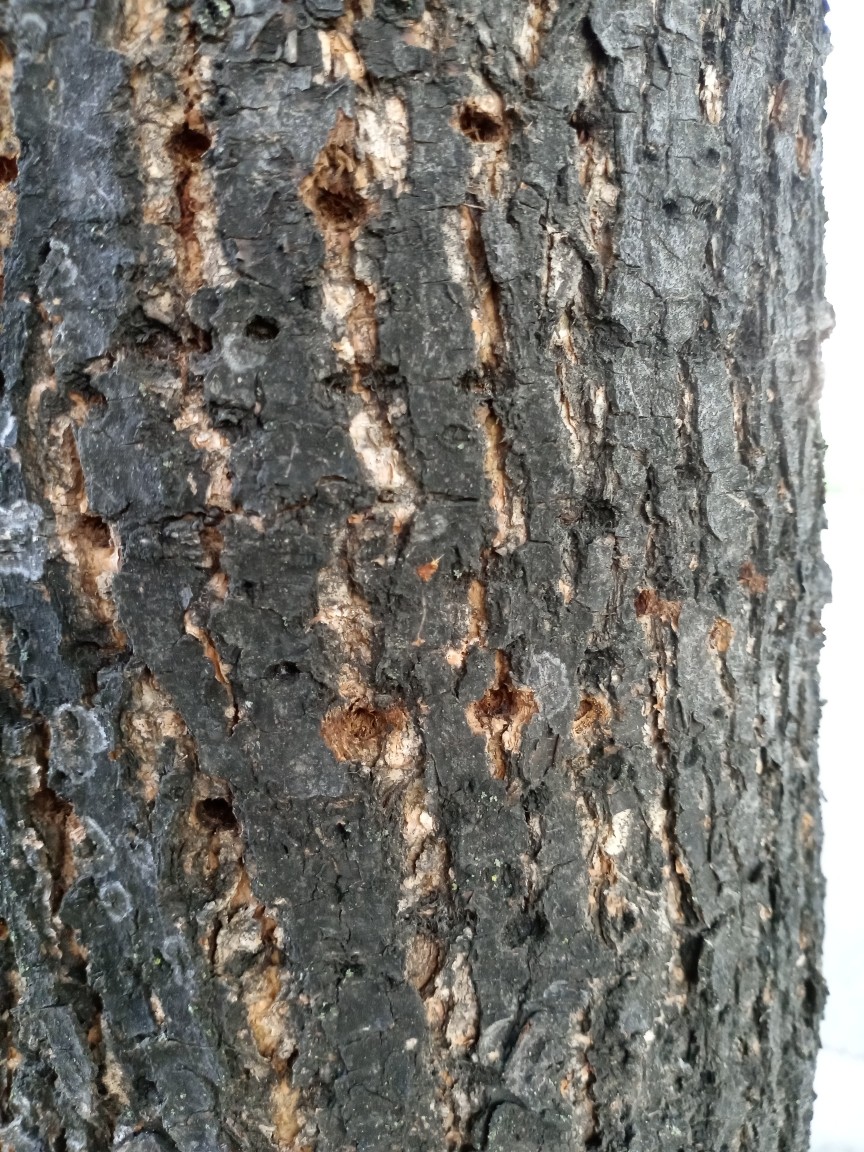
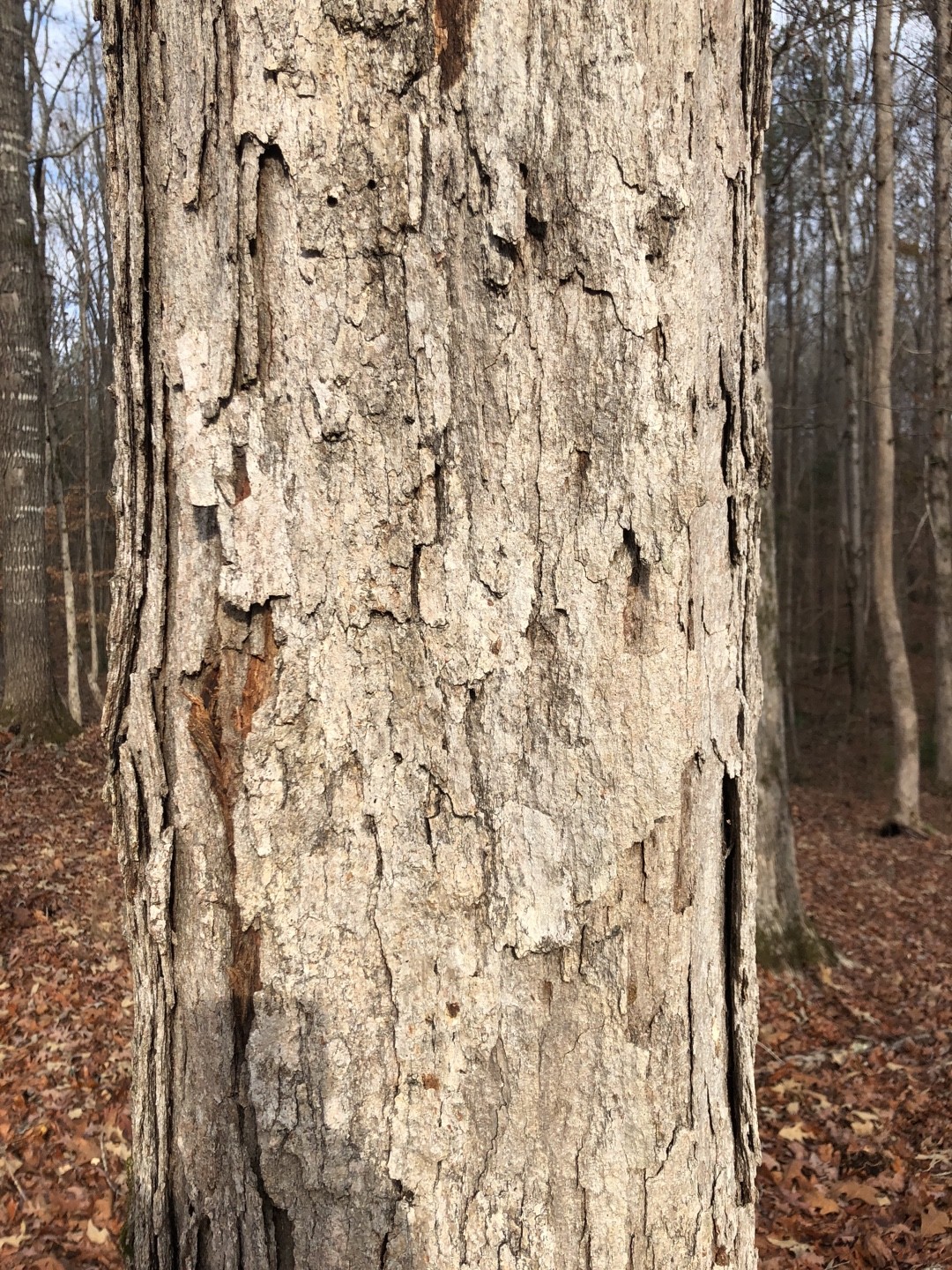
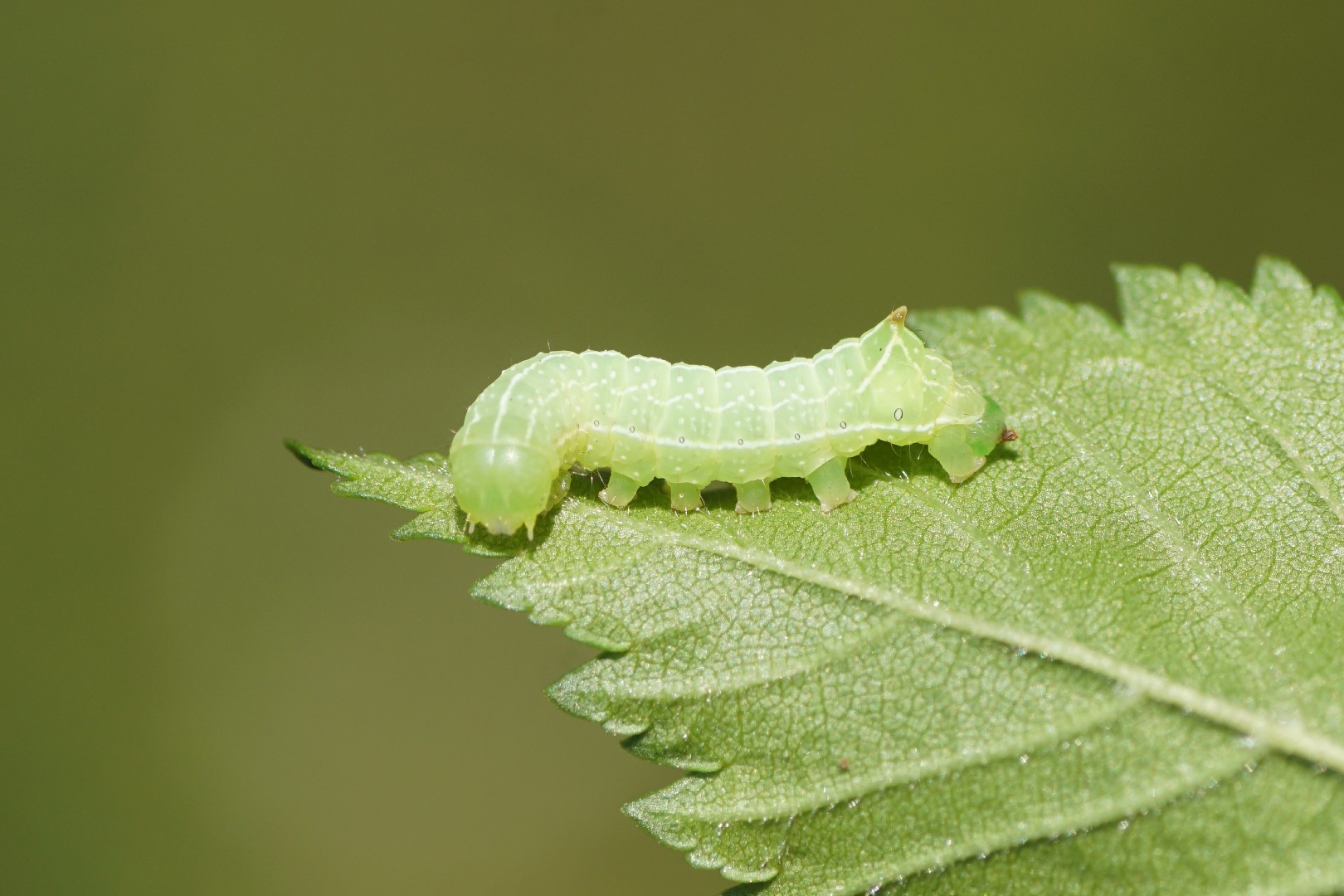
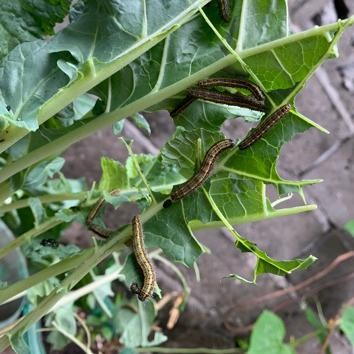
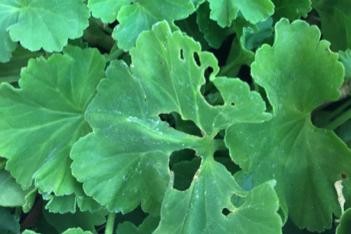
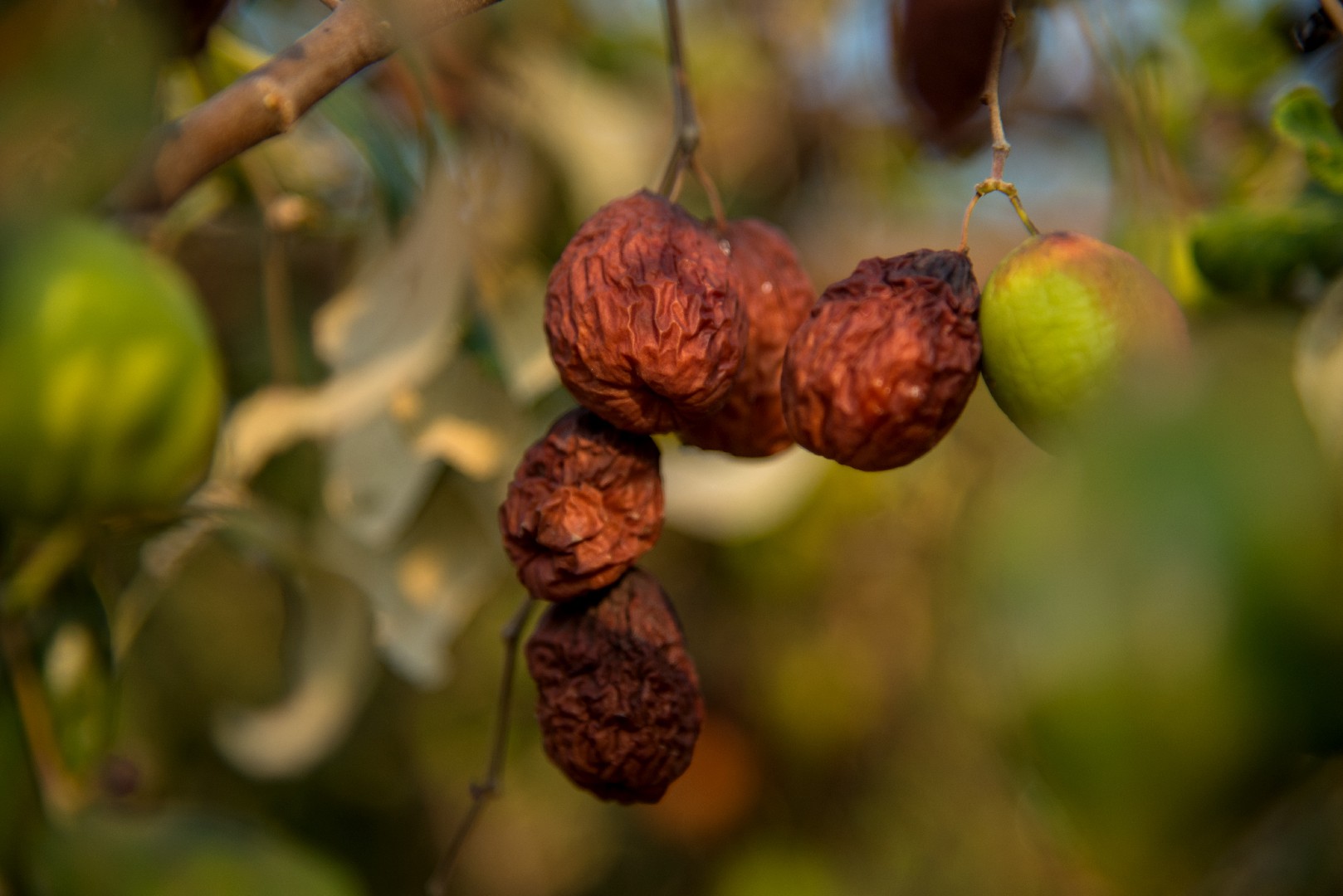
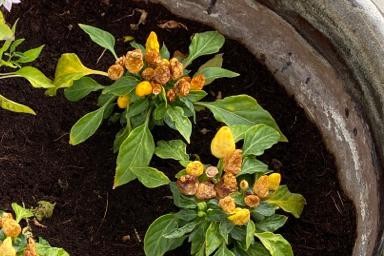
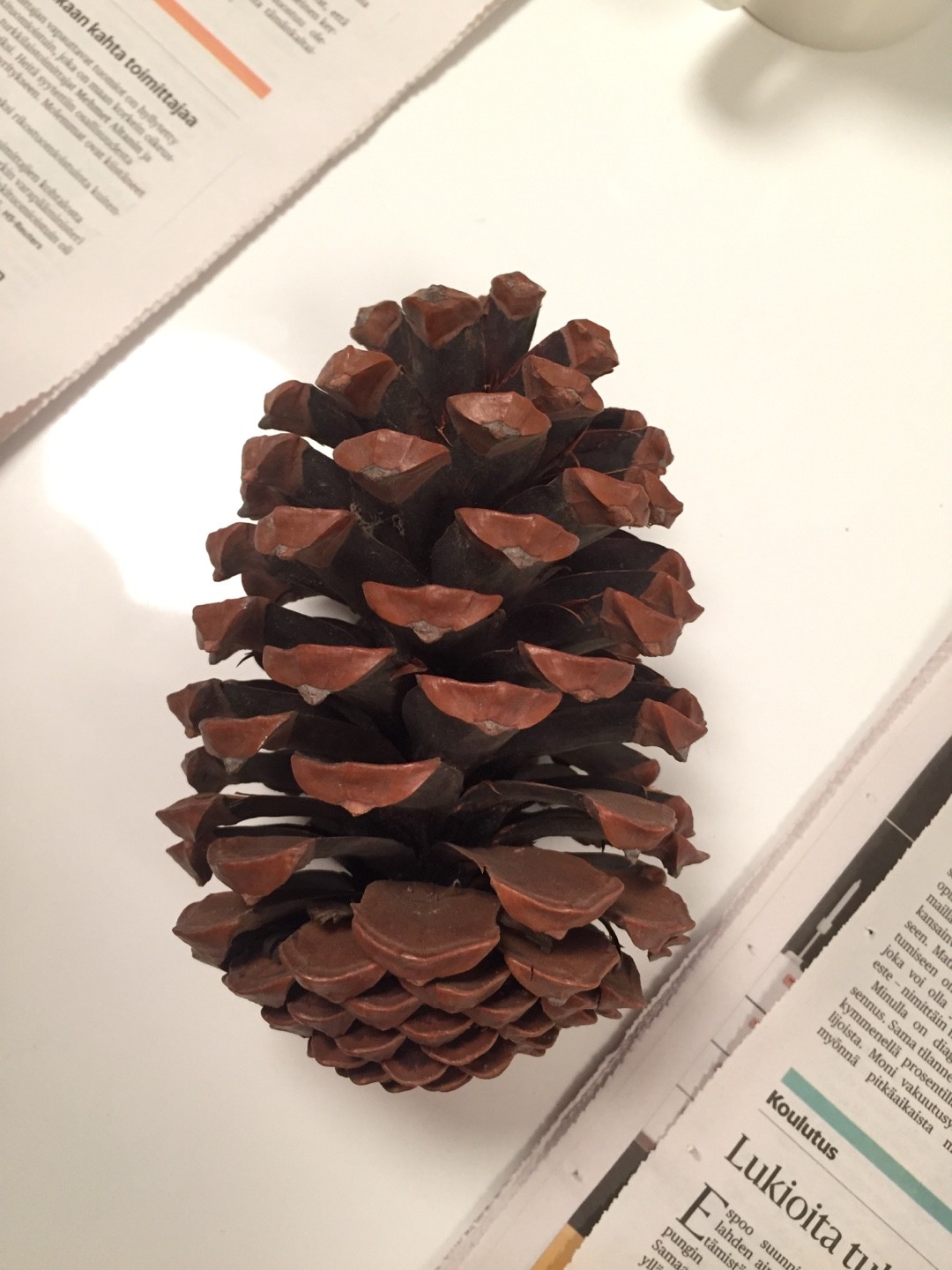

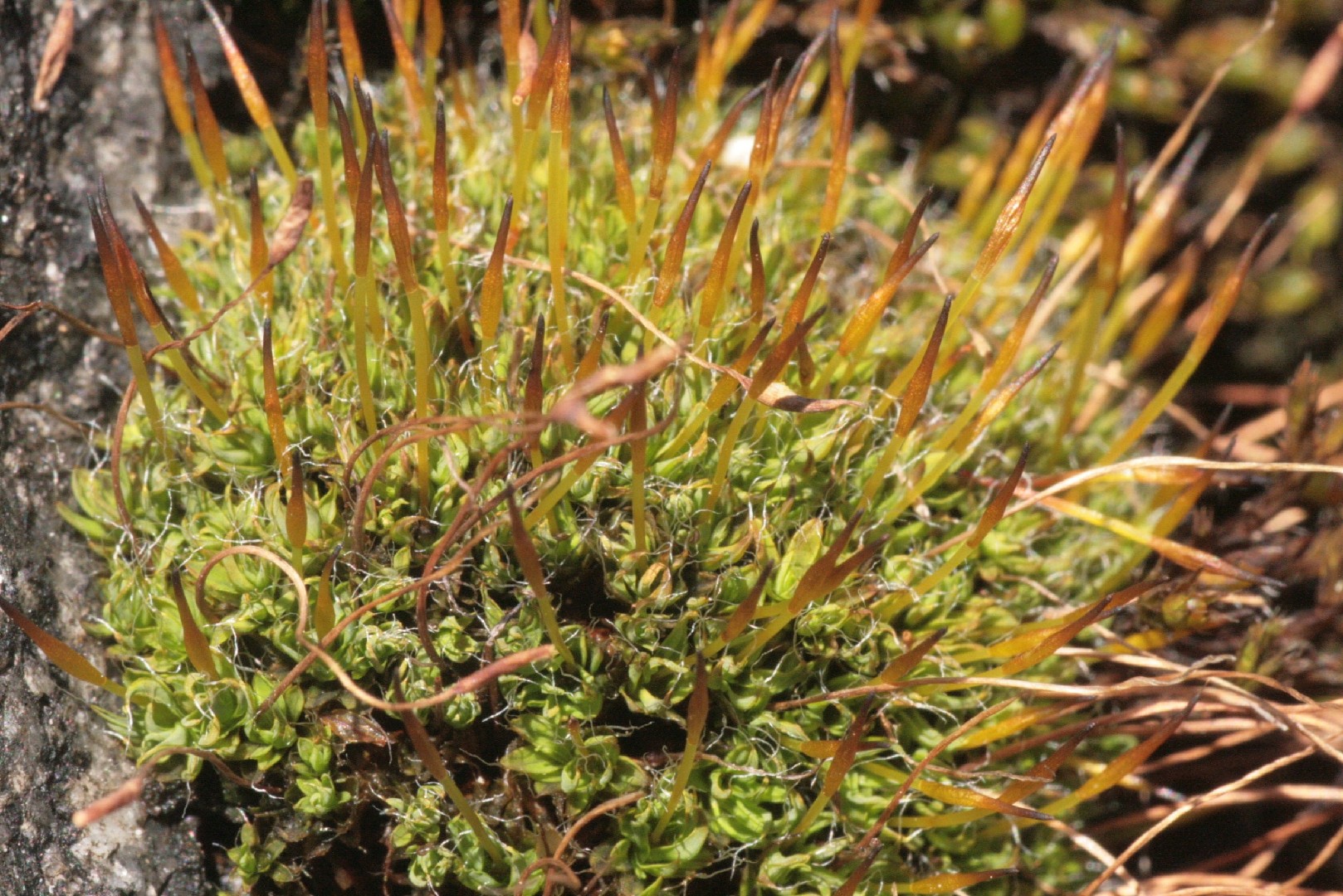

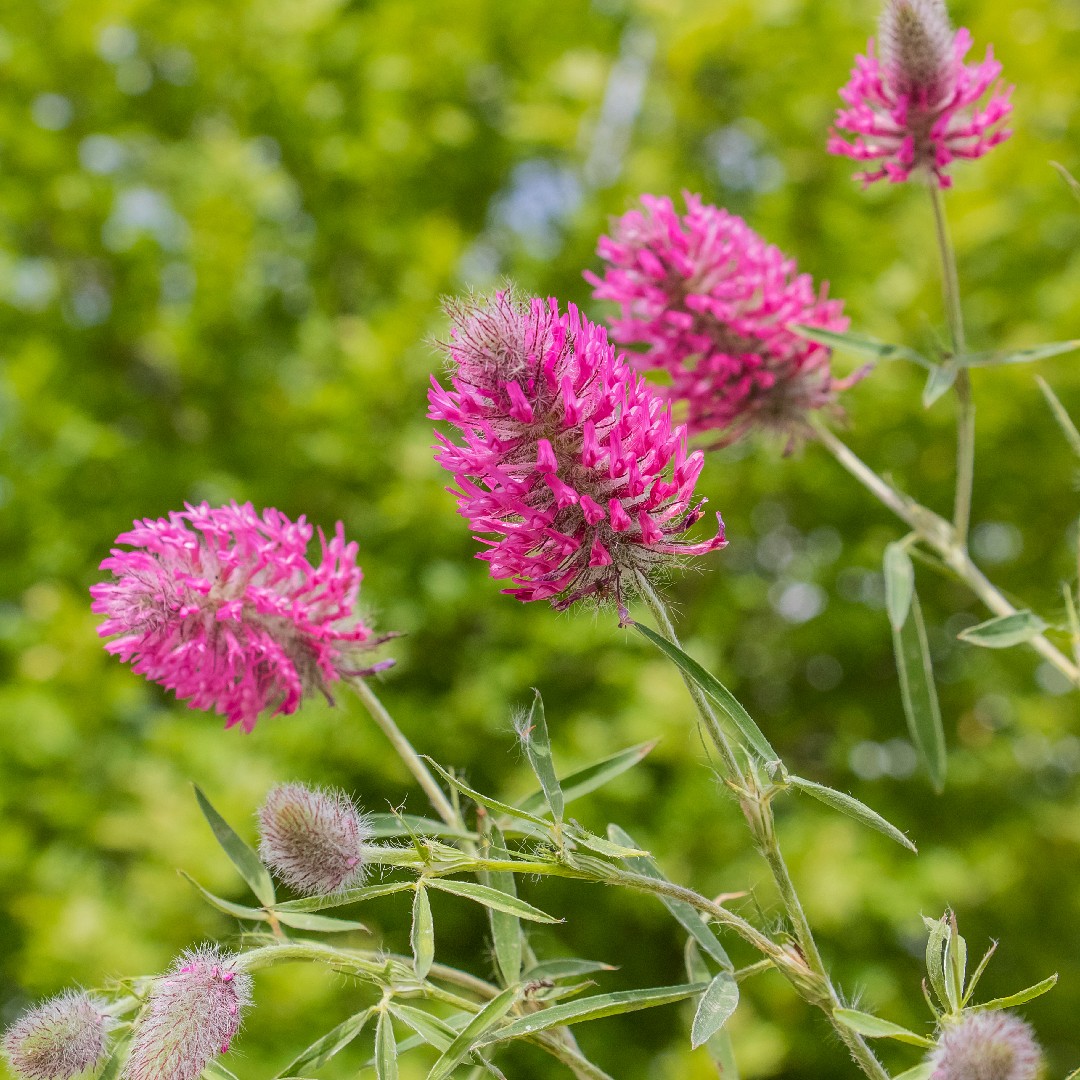


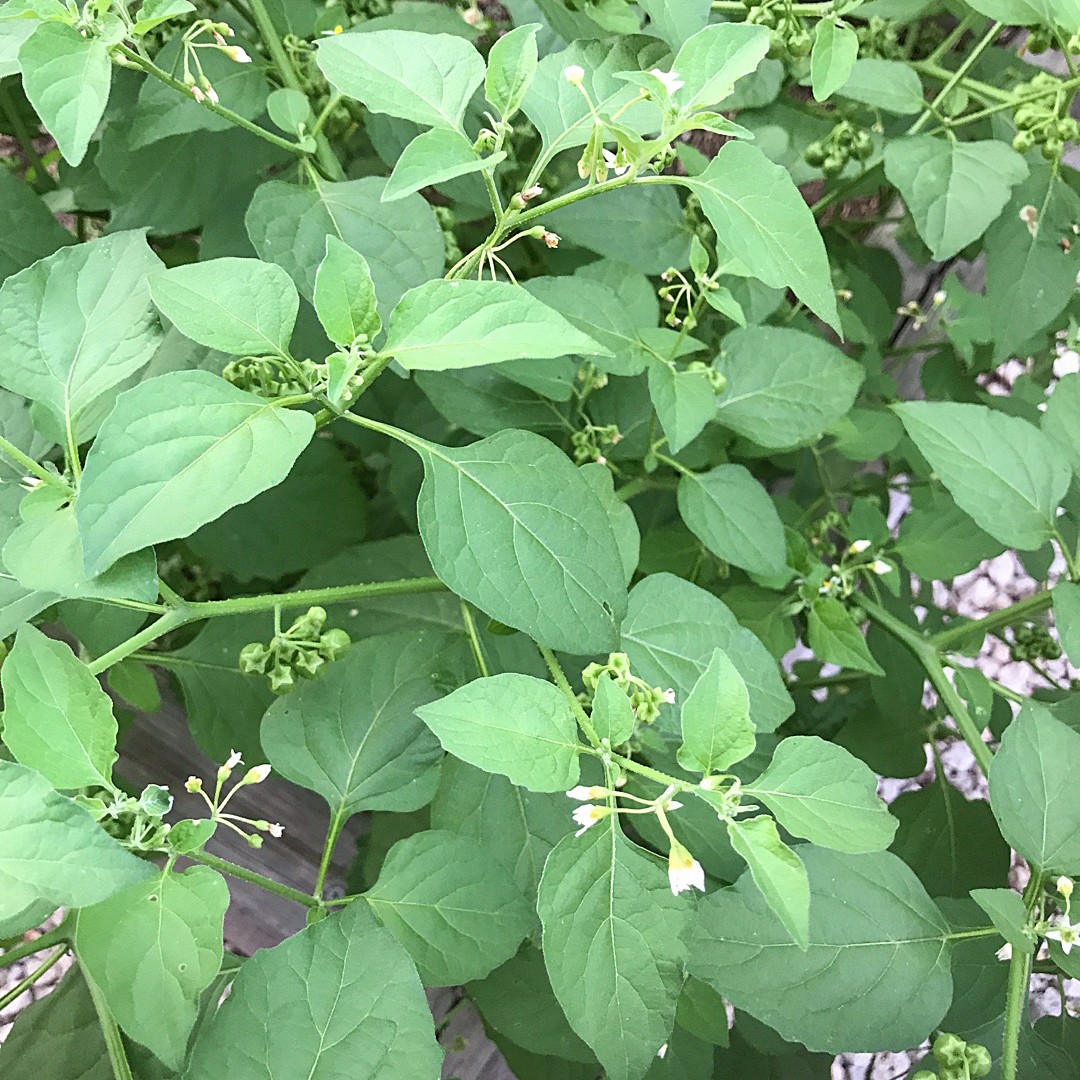

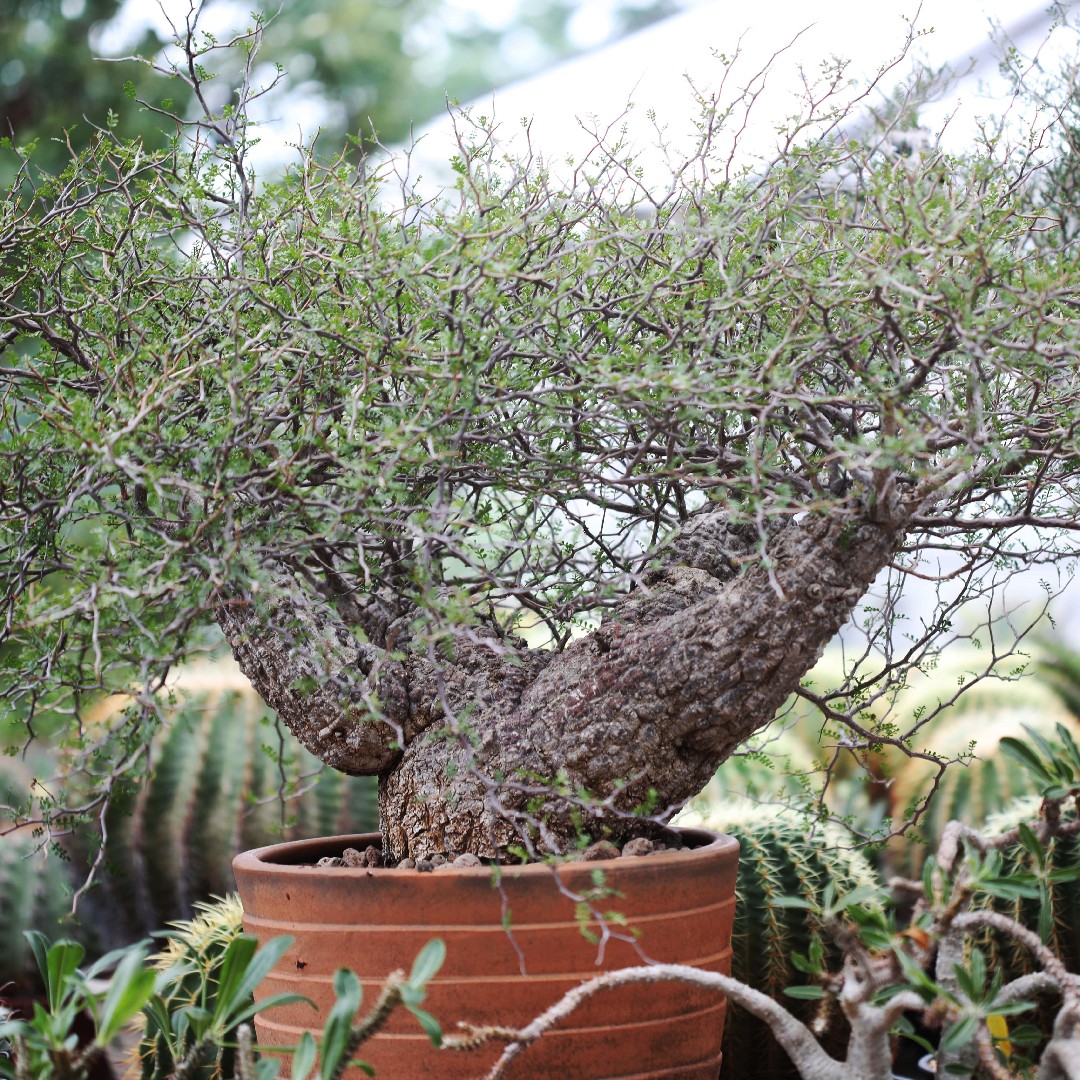







 Watch how sunlight gracefully moves through your garden, and choose spots that provide the perfect balance of light and shade for your plants, ensuring their happiness.
Watch how sunlight gracefully moves through your garden, and choose spots that provide the perfect balance of light and shade for your plants, ensuring their happiness. 








